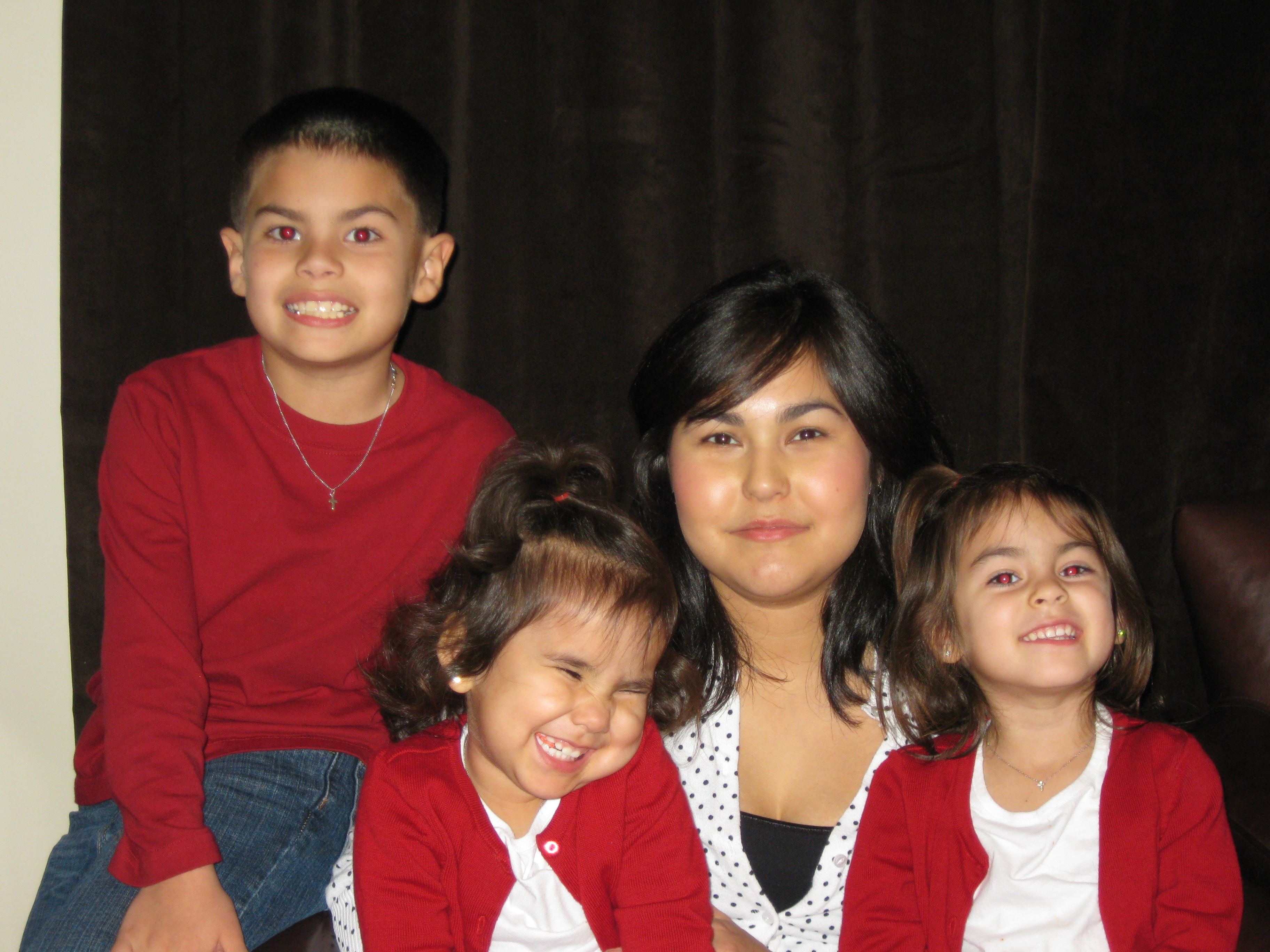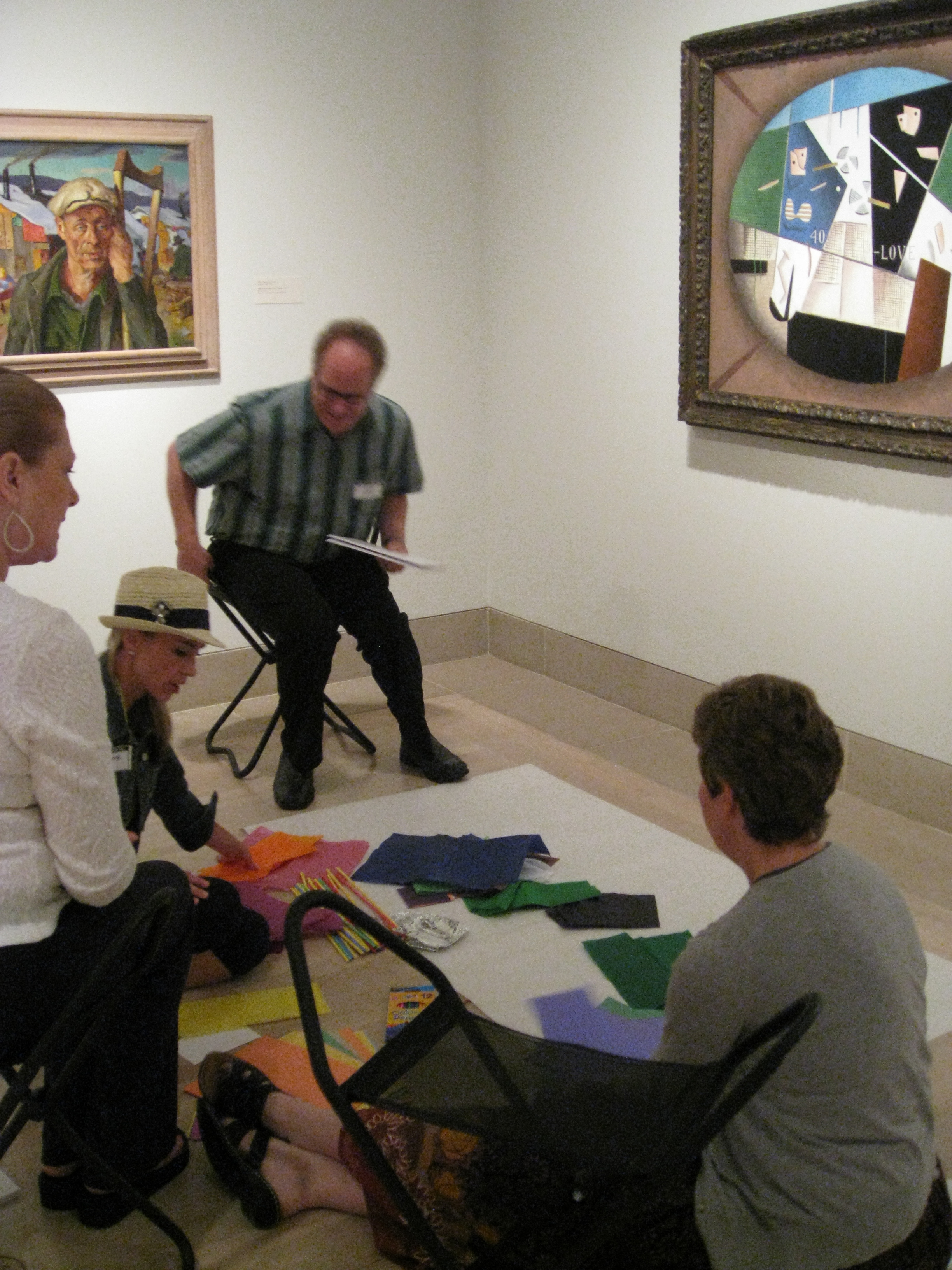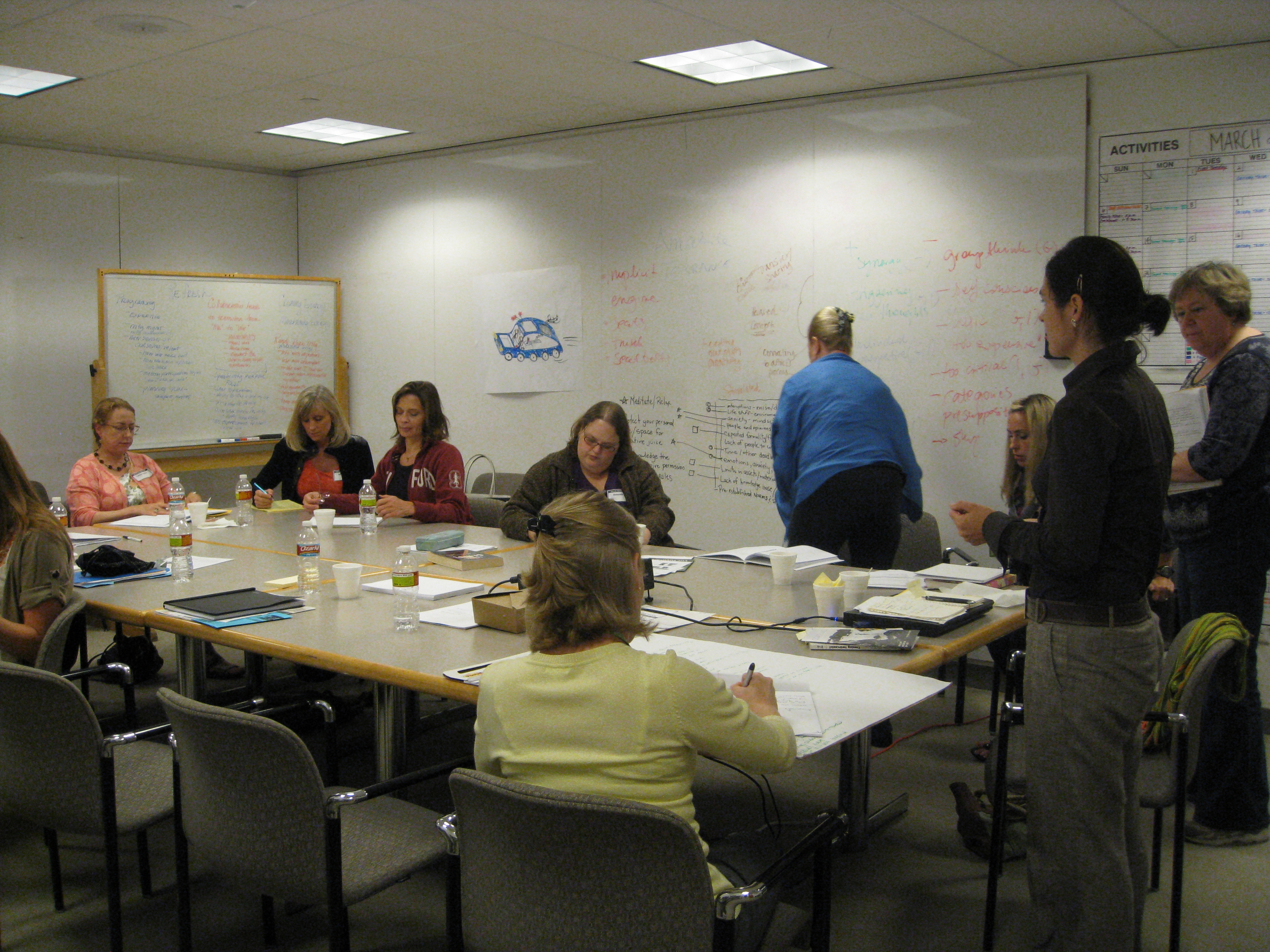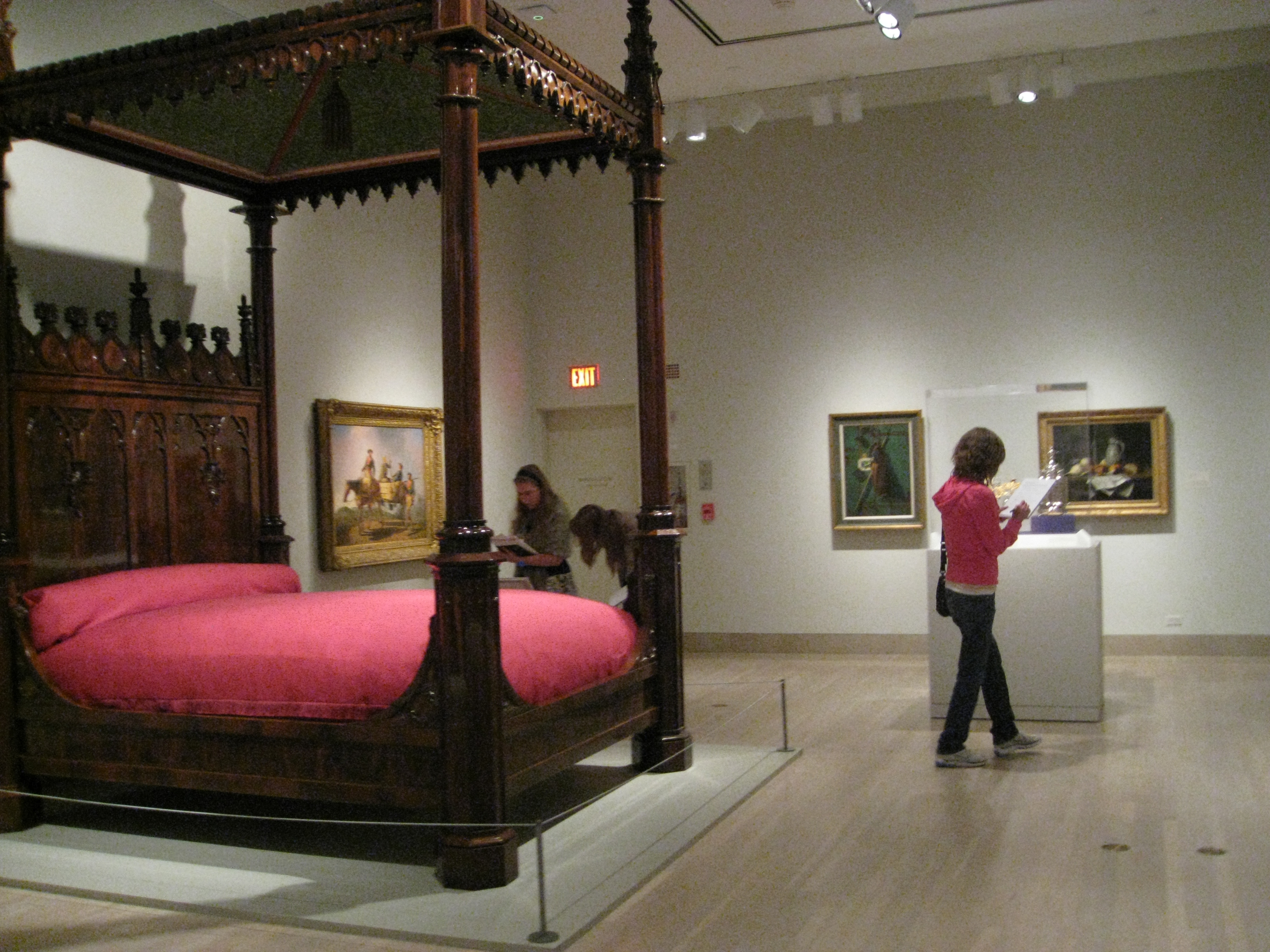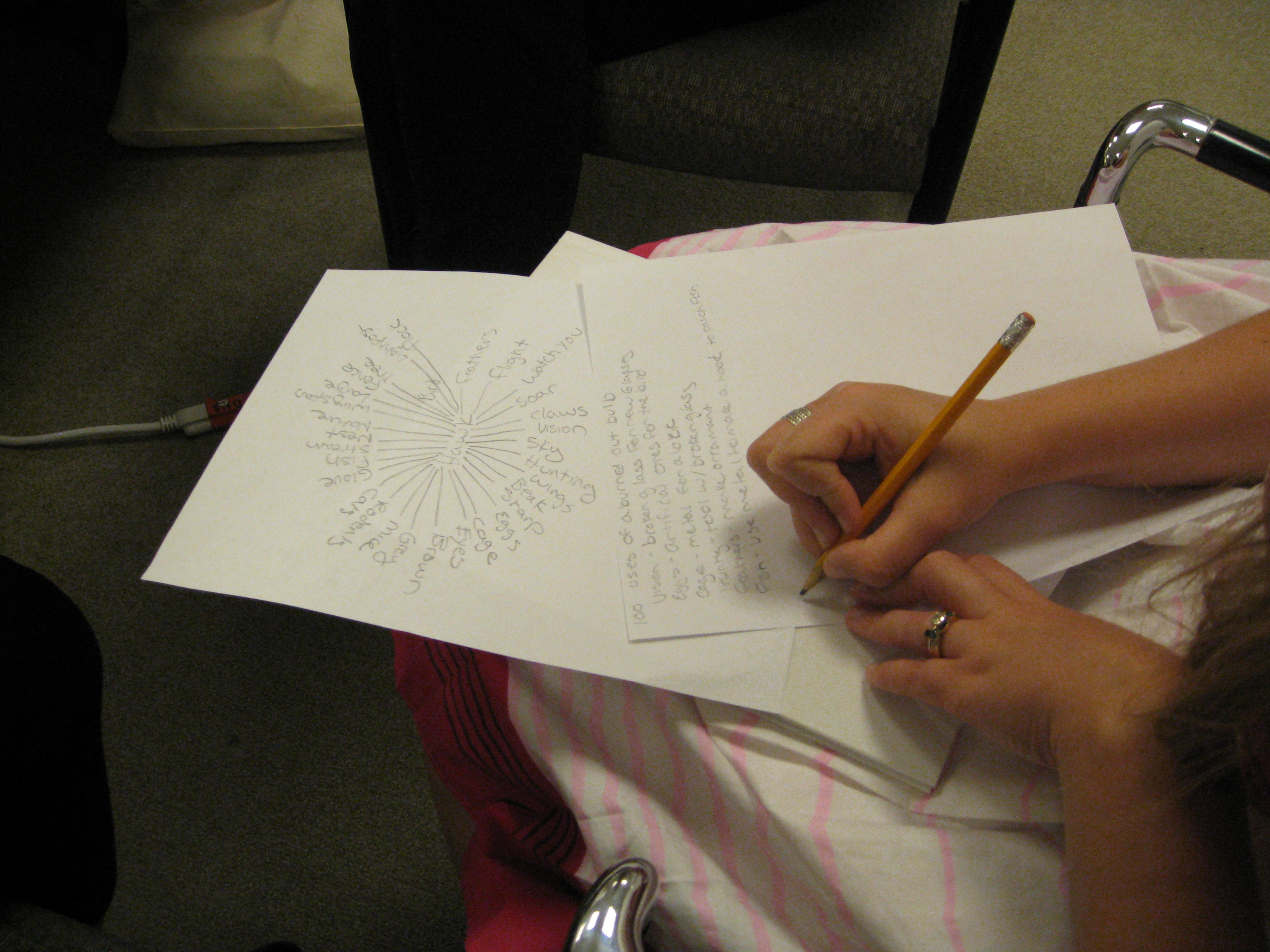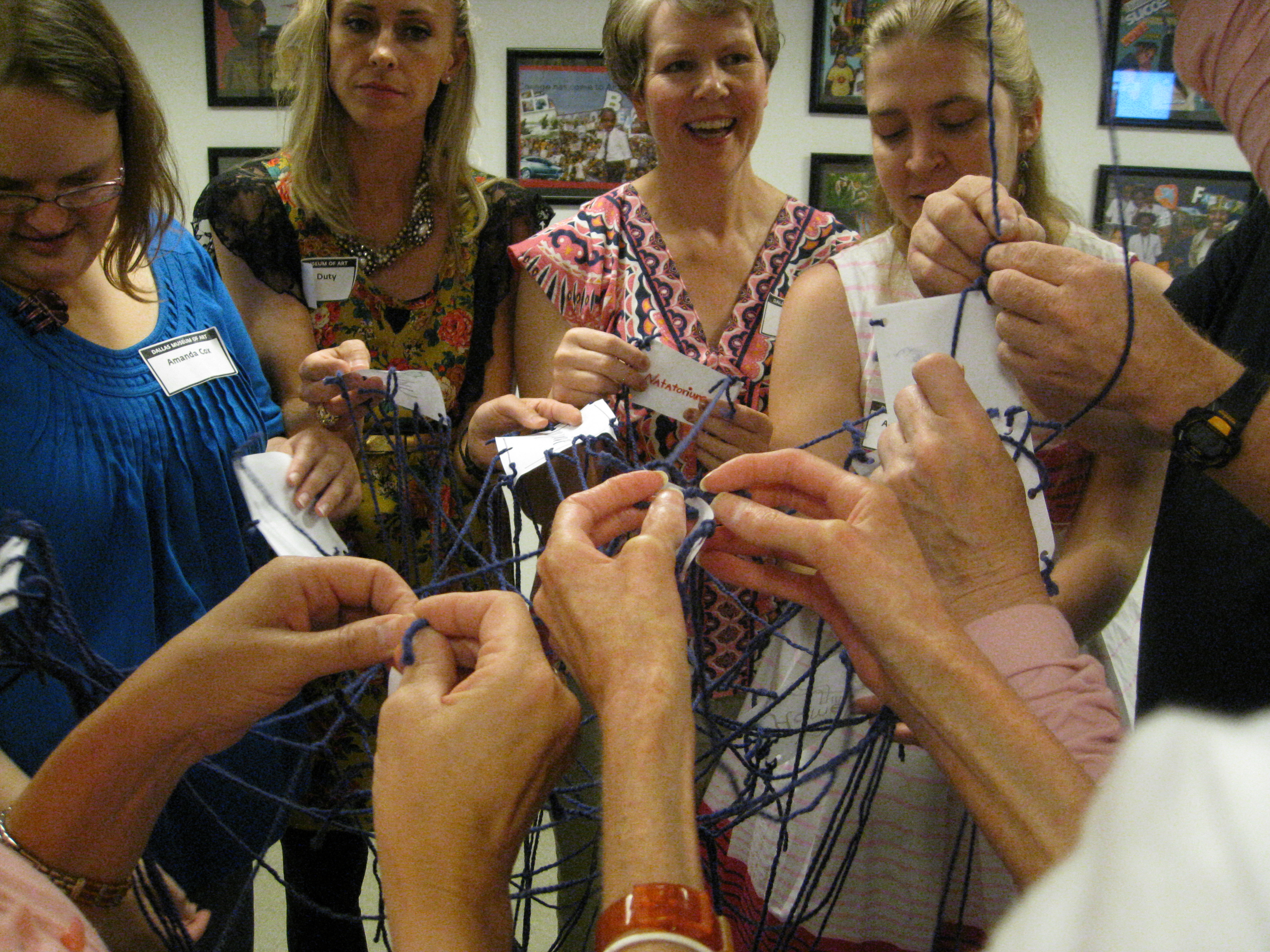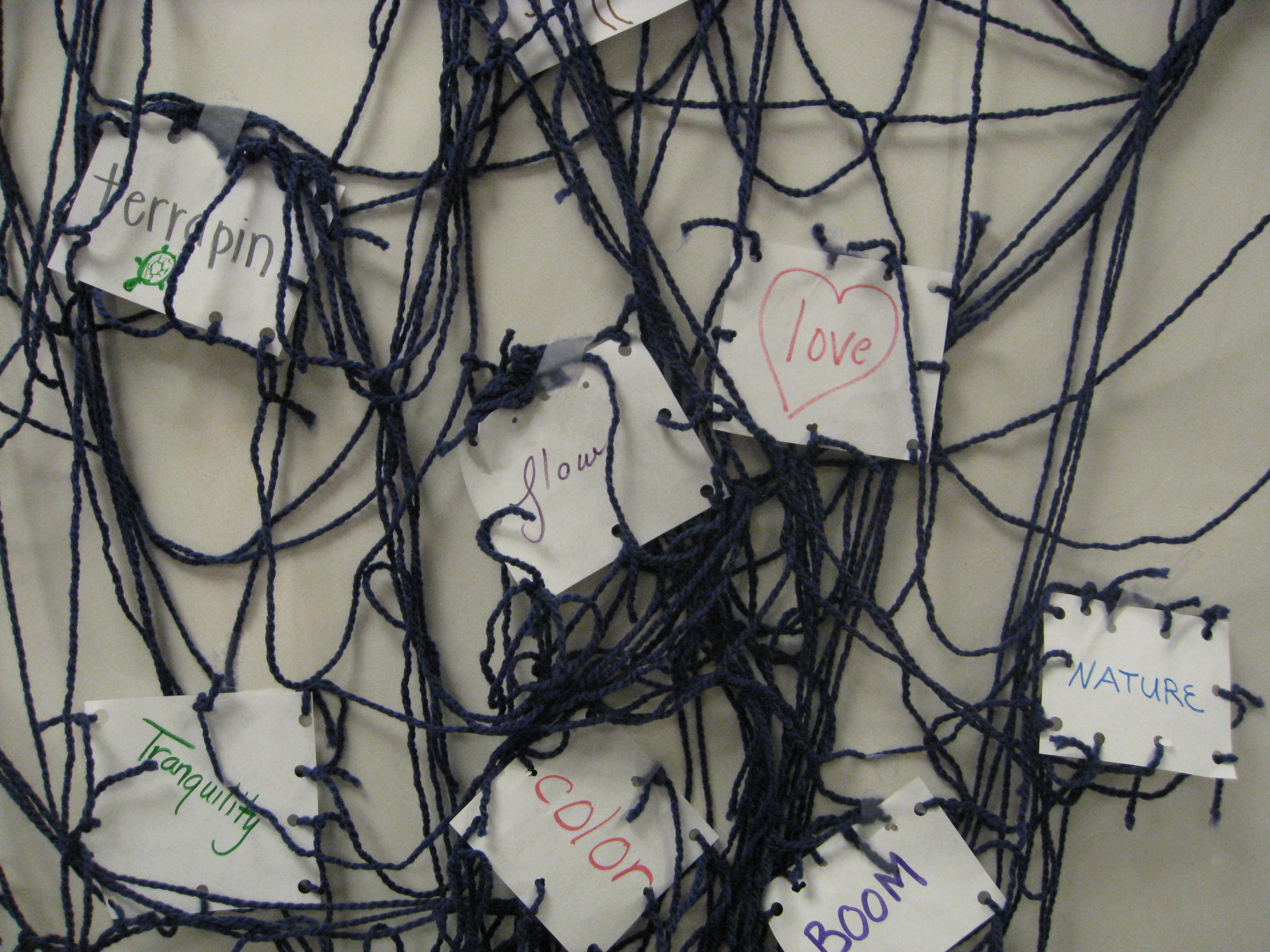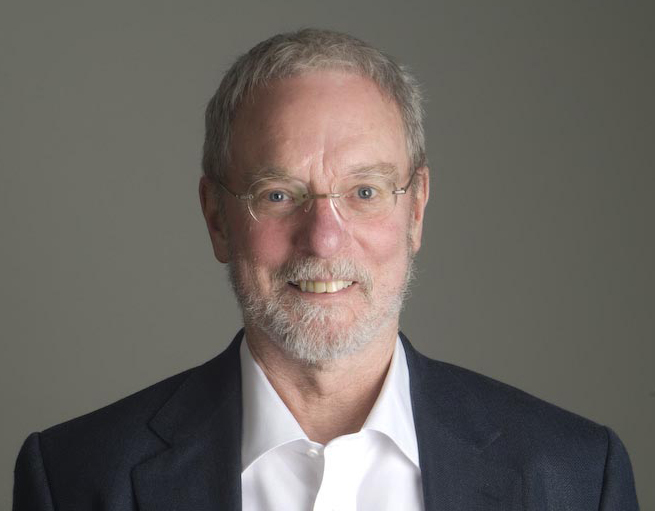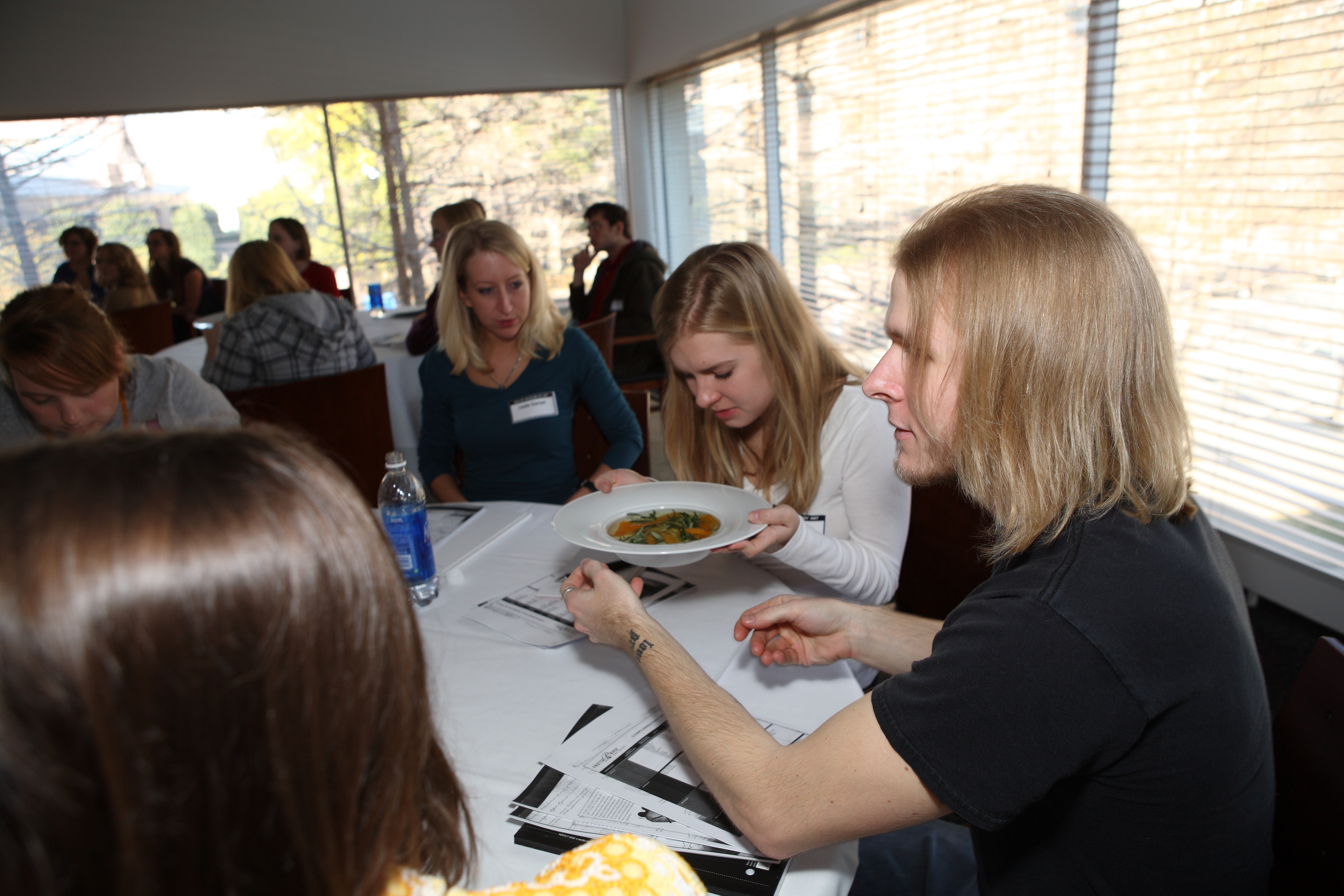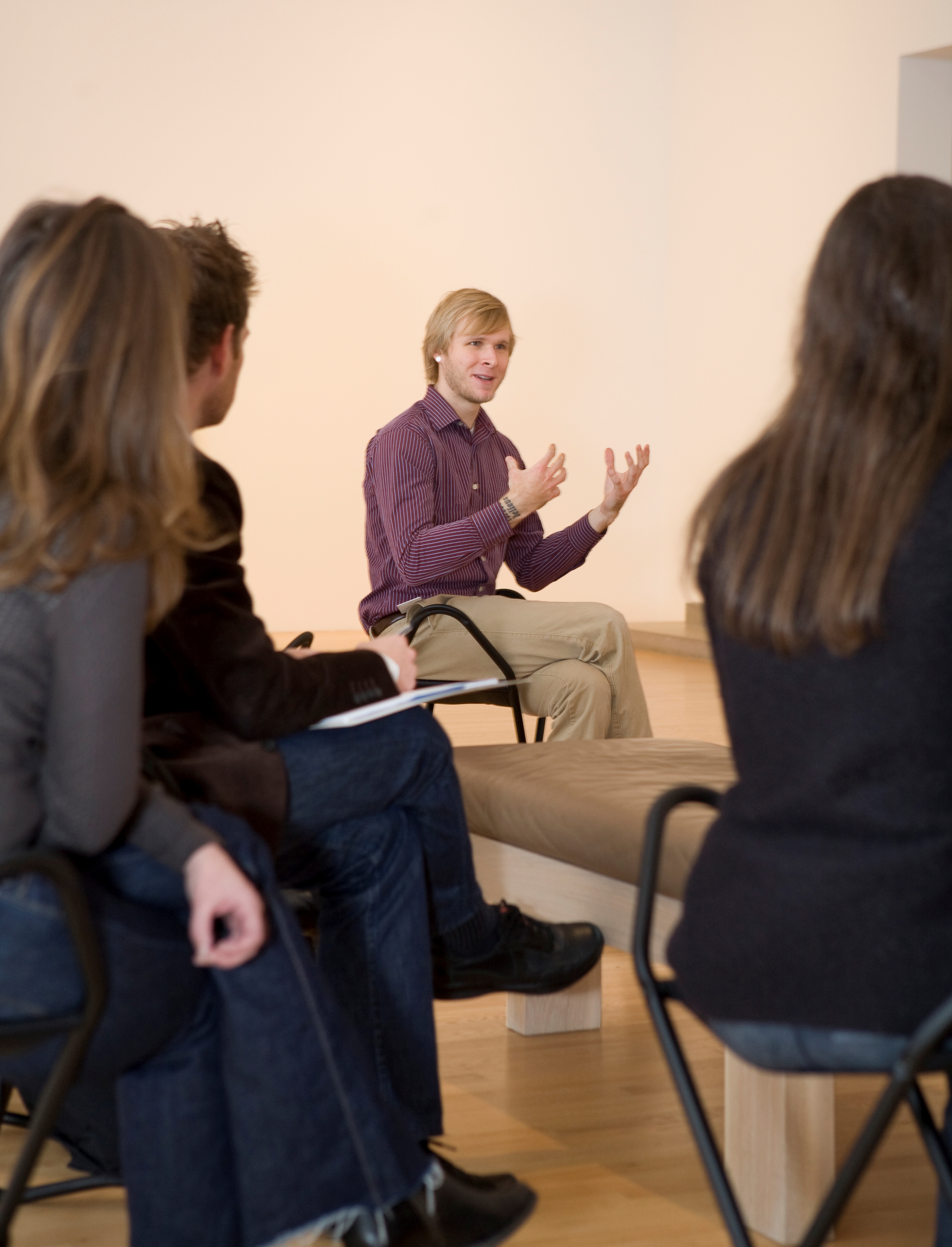Over the past few days, I have been thinking about the ways we communicate through words and images. In grade school, we are taught to look for contextual clues to determine the meaning of unknown words. We make the same application when we look at images that are both familiar and unfamiliar to us. Images are all around us – in books, magazines, newspapers, advertisements, and museums, just to name a few.
To make sense of what we see, we often create events in our minds about what we think the image is about. For example, a work of art may suggest a story to us – the work could show the beginning, middle, or end of a story. Some artworks may be more narrative than others. Take a look at the following images by artists Charlie White and Gregory Crewdson.
[slideshow]
In the photograph Untitled (boy with hand in drain), Gregory Crewdson encourages us to look closely at the scene of a young man reaching down the drain into a sinister-looking space below. Using a sound stage or working on location, Crewdson directs each photograph as if it were a feature-length film, placing his models exactly where he wants them. Everything in the photograph has a specific purpose from the Scope mouthwash on the sink to the soap in the shower to the light from the window.
In Inland Empire, Charlie White draws our attention to the lower left side of the photograph where a woman wields an iron pipe at a hideous monster. Although the scene appears as if it is from a science fiction movie, it seems strangely familiar, like an urban American landscape that we have encountered at some point during our lifetime. This computer-assisted photograph demonstrates the influence of special effects on the technique and process of photography and the motion picture industry.
The stage is set and ready for us to complete the stories. What do you think happens next in either Untitled (boy with hand in drain) or Inland Empire? Use all of the contextual clues in the photographs to aid in creating a new narrative.
To explore more photographs in the Museum’s collection, go to Picture This: 20th and 21st Century Photographs.
Until next time….
Jenny Marvel
Manager of Programs and Resources for Teachers
Artworks featured:
Gregory Crewdson (American, born 1962), Untitled, 2001-2002 Digital C-print, The Rachofsky Collection and the Dallas Museum of Art: DMA/amfAR Benefit Auction Fund, 2002.45
Charlie White (American, b. 1972), The Inland Empire, 1999 Light jet chromogenic print mounted on Plexiglas, Dallas Museum of Art, Mary Margaret Munson Wilcox Fund, 1999.180
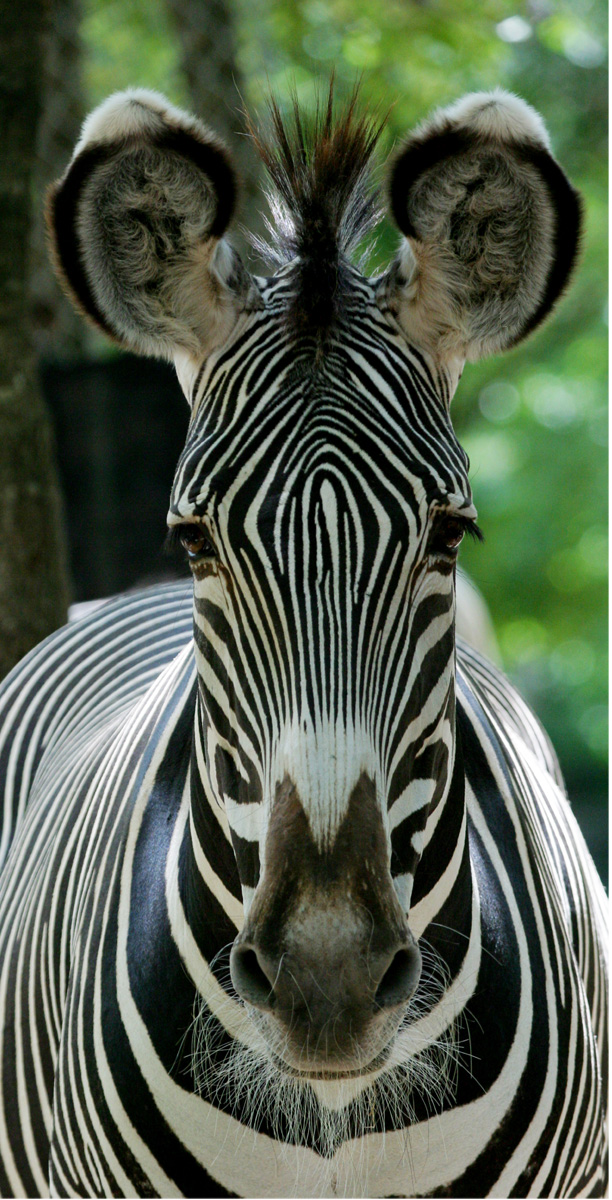

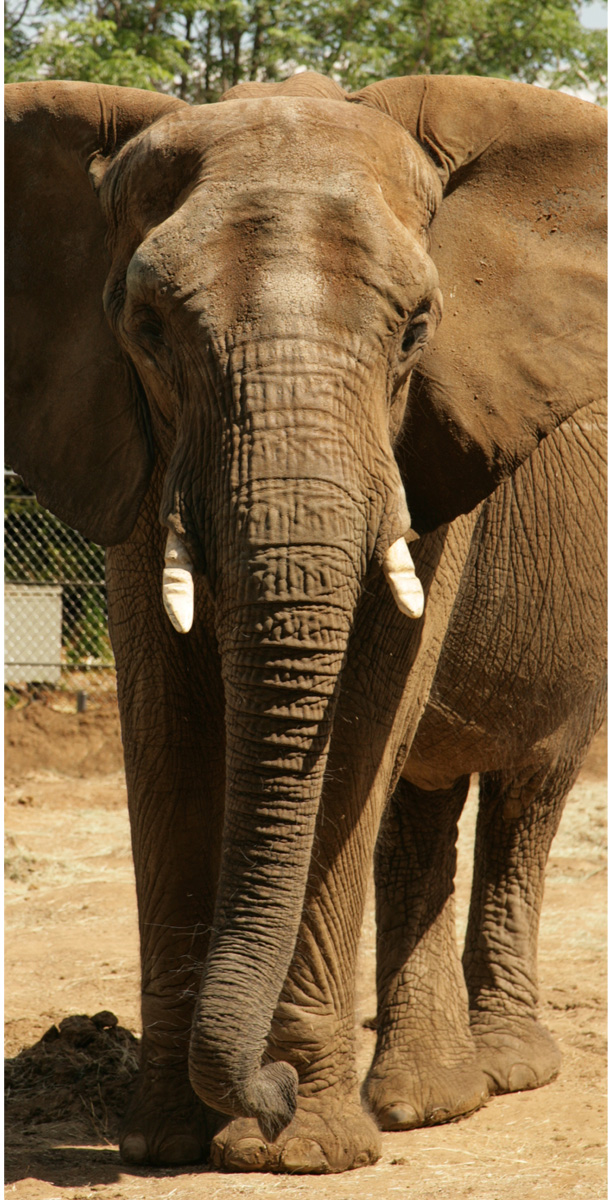
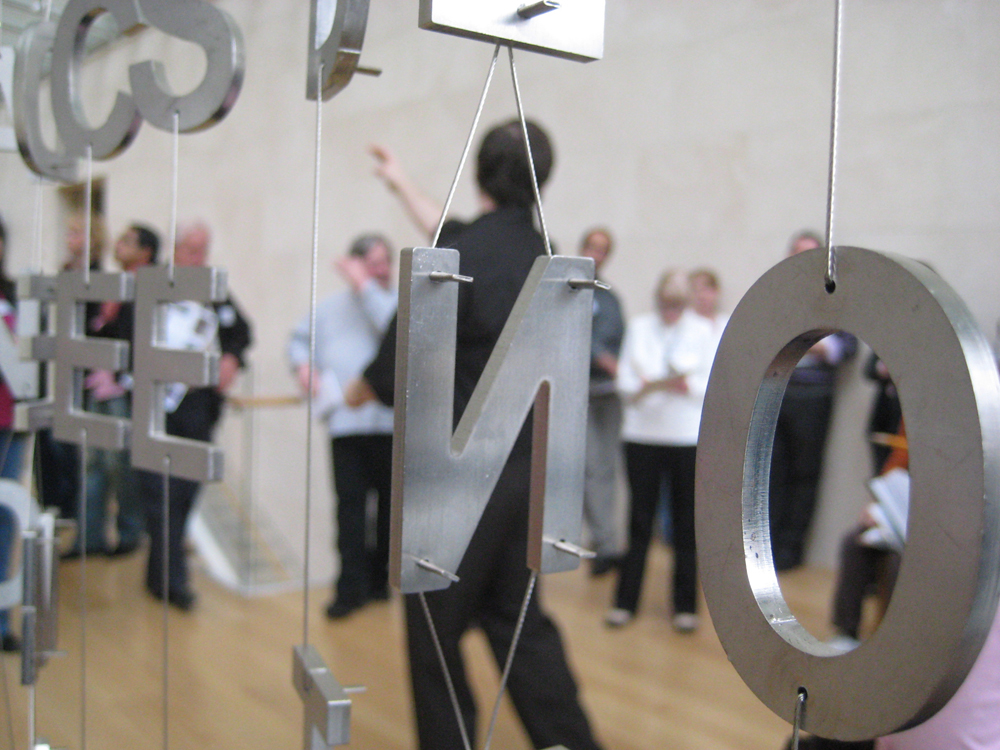


 African Masks: The Art of Disguise Teacher Workshop
African Masks: The Art of Disguise Teacher Workshop